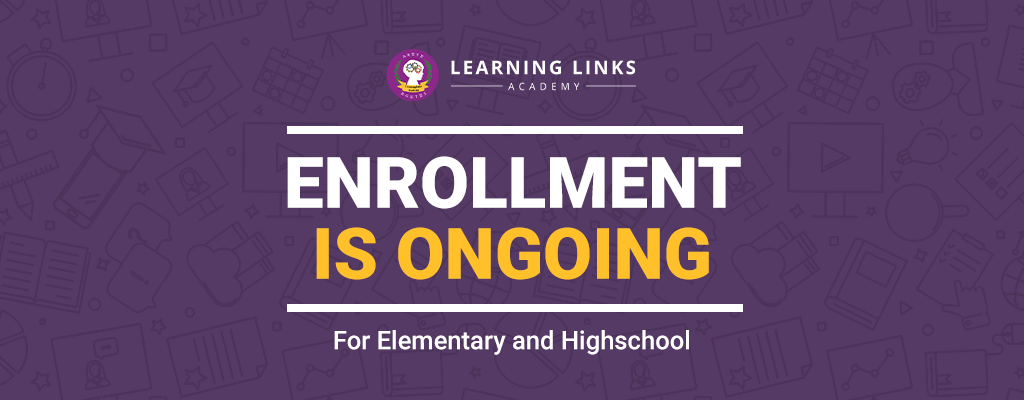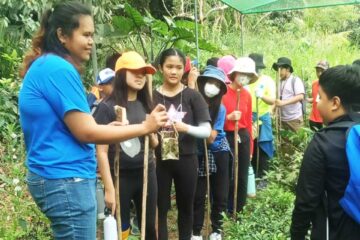Learning at your own phase
Learning in the classroom, be it in preschool or college, occurs with students learning in different ways. Teaching may follow common patterns and methods, but learning largely depends on individual students who may be gifted in some areas, and not so adept in others. One student may excel at math, whereas another may feel challenged by it.
Each student has a unique set of abilities and learns according to his or her aptitude and preferences. Howard Gardner postulates that these learning abilities and preferences are multiple intelligences, and they are unique and varied in each child. When he introduced his Theory of Multiple Intelligences, there were seven of these outlined by him. Later this list was revised to contain nine. This theory largely explains how humans learn things differently from each other. The theory states that an individual doesn’t necessarily have just one of the nine abilities or intelligences listed, but that he or she may be dominant in some compared to others. Many schools around the world have adopted this theory and are successfully practicing it today.

Learning Links Academy is geared to provide education that is individually beneficial to each child by adopting the principles of multiple intelligences. The outcomes of education here guarantee that students can tap into their true likes and dislikes, and thereby gain an understanding of what they want out of their lives—career-wise and lifestyle-wise.
Within the field of education, Howard Gardner puts forth the idea that teachers should utilize methods of teaching that stem from a wider and more inclusive perspective of learning. As a result, students would benefit from the use of varied teaching techniques. This would ensure that all students would be better served by all methods of learning, not just, say, the ones who have excellent logical reasoning abilities, etc.
Multiple intelligence meets understanding
In reality, teachers may find it quite difficult to cater to varied abilities in kids. Nonetheless, in today’s teaching world, with all its technological advancements, the task is easy with multimedia. Using multimedia in the classroom can prove to be an effective tool to reach multiple learning potentials for each individual child.

For each subject that a child learns in the classroom, different approaches can be used by the teacher, so that children learn in different ways according to their own potential. Howard Gardner, in his book, The Disciplinary Mind, clearly states that Multiple Intelligence Theory can help bring a certain kind of disciplinary understanding where learning is concerned. What he introduces in the book is the concept of “Entry Points” or places where a teacher begins to teach a subject. From the student’s point of view, this is where he/she begins to learn about something.
Here, depending on the student’s inherent abilities, the teacher can use different ways to teach. The following ways are listed in Gardner’s book:
1. Narrative (Linguistic)
One can tell stories about Charles Darwin and the HMS Beagle, “The Marriage of Figaro,” or the Nazi era.
2. Quantitative (Logical)
The study of finches concerns the size of different populations on different islands; music is filled with numbers and ratios; and much of the story of World War II concerns different populations and what happened to them. Each of these involves logic as well: How does one thing lead to another?
3. Existential
In Charles Darwin’s work, we might consider the question of what it means to be alive; with “The Marriage of Figaro,” we might ask why we admire certain works of art; and in studying the Wannsee Conference, we inevitably wonder why people do terrible things.
4. Aesthetic (Musical and Spatial)
Each phenomenon—evolution, the love triangle, and the Holocaust—can be explored through works of art.
5. “Hands-on” (Kinesthetic)
To explore Darwin’s theories, we might recreate species and allow them to compete for resources, either physically or on a computer screen; to inhabit “The Marriage of Figaro” in a new way, we might sing and play variations on different instruments; to feel the weight of the Holocaust, we might create an experience along the lines of a Holocaust museum for children in which, upon entry, the children each receive a picture of a child living in 1939, and on exit, they learn what happened to him or her during the war.
6. Interpersonal
Students might reenact (and expand on) any of these three phenomena through role play and interaction.
Classrooms would be more fun and engaging
When teachers get kids to think in different ways, and this is based on ways that are more appealing to kids, kids are always attentive in the classroom. Matching the students’ potential with learning practices and techniques will help reach out to more students, and aid in understanding students better, from teachers’ points of view. We see it like this—if you explain something in only one way, understanding is limited.

When you think of things in different ways, learning becomes fun. As children, how many of us parents have dozed off in the classroom with boredom, or drifted off into a fantasy world of elves and fairies just because math or history didn’t appeal to us? Maybe the way it was taught didn’t hold our attention. This tends not to happen when MI Theory is used to enhance learning. Individualistic teaching and learning, with individualistic assessment, is the key to better learning outcomes in students. This not only creates a healthy attitude to learning but lends clarity in future aspects of the student’s career.
References:
- https://www.kanopy.com/sites/default/files/howard_gard_-_understandingfin.pdf
- https://www.youtube.com/watch?v=8N2pnYne0ZA&feature=youtu.be
Learning Links promotes meaningful education and personal growth to help find what students really want for their careers and lives!
Click on the button below to find out how we make great education possible.



